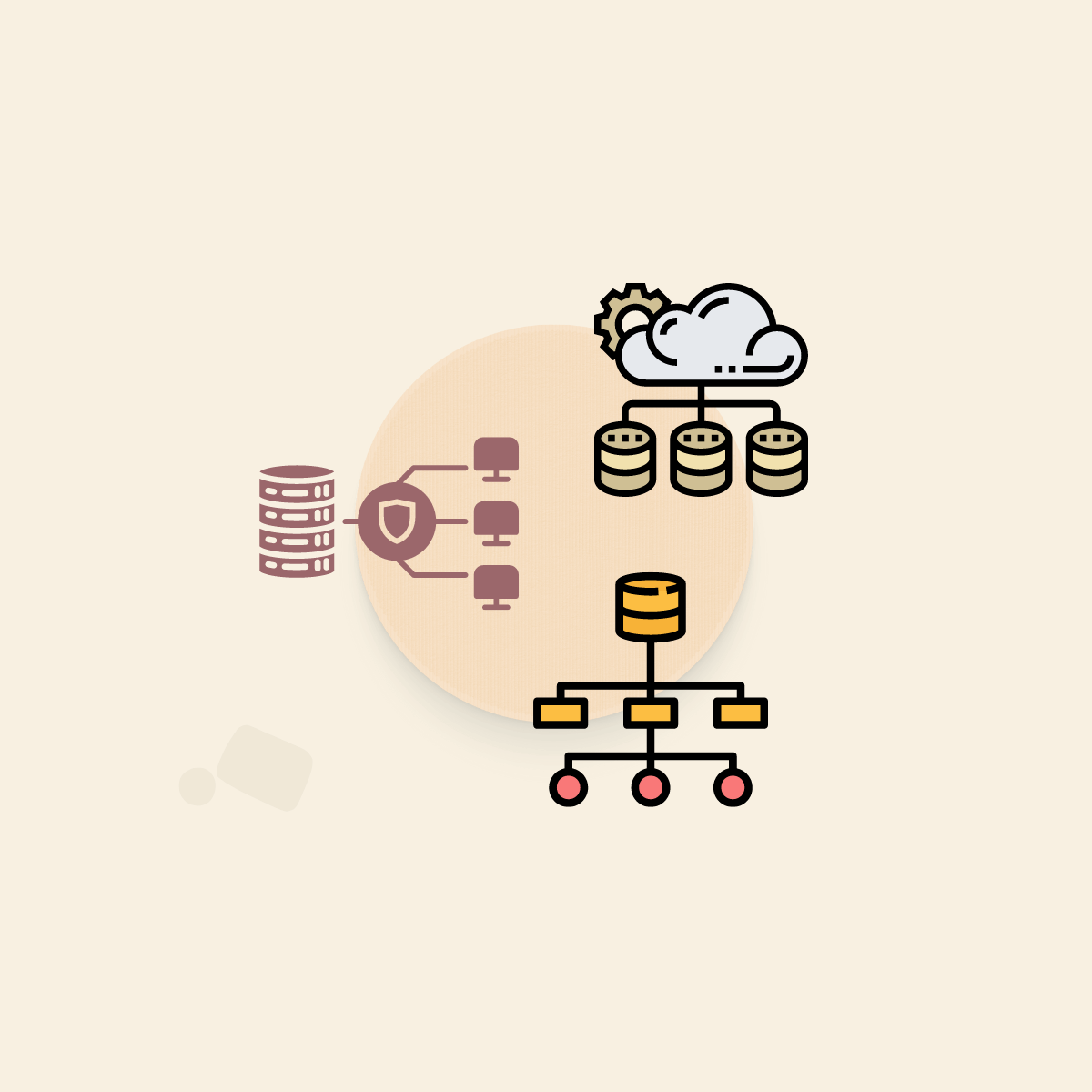Learning Paths
System Design Interview Roadmap
Decoding the Secrets of Successful System Design Interviews.
This guide is a comprehensive resource that prepares budding software engineers for the challenges of system design interviews. It delves into the intricacies of designing robust, scalable, and efficient systems, mirroring real-world scenarios that are commonly encountered during technical interviews. With a balanced mix of theoretical knowledge and practical exercises, including case studies, this guide ensures a comprehensive understanding of system design principles.
Get instant access to all current and upcoming courses through subscription.
$19
.33
/mo
billed yearly ($231)
OR
Get Lifetime access for this bundle only.
$318.66
Certification on completing the course.
Learning Objectives
Comprehensive Coverage: The guide provides an in-depth understanding of system design principles, covering all essential topics required for technical interviews.
Real-World Scenarios: The guide includes real-world case studies and scenarios to help you understand what to expect and how to handle various situations during an interview.
Expert Guidance: Learn from industry professionals who have been on both sides of the interview table and can provide valuable insights and tips.
Flexibility: Learn at your own pace with this online guide, which you can access anytime, anywhere.
Community Support: Join a community of like-minded learners, share your doubts, discuss ideas, and learn together.
Career Advancement: This guide could be a stepping stone towards landing your dream job in the tech industry.
Path Contents
• 59 Chapters • 409 Lessons
Grokking System Design Fundamentals
Learn system design essentials required for designing scalable and high-performance systems.
• 25 Chapters • 103 Lessons
Grokking the System Design Interview
Learn how to prepare for system design interviews and practice common system design interview questions.
• 5 Chapters • 64 Lessons
Grokking the Advanced System Design Interview
Learn system design through architectural review of real systems.
• 11 Chapters • 118 Lessons
Grokking Microservices Design Patterns
Master microservices design patterns for designing scalable, resilient, and more manageable systems.
• 14 Chapters • 93 Lessons
Grokking Design Patterns for Engineers and Managers
Unlock the power of design patterns: Elevate your coding skills with timeless solutions for top-notch software design.
• 4 Chapters • 31 Lessons
What people say about our courses
Get instant access to all current and upcoming courses through subscription.
$19
.33
/mo
billed yearly ($231)
OR
Get Lifetime access for this bundle only.
$318.66
Certification on completing the course.
